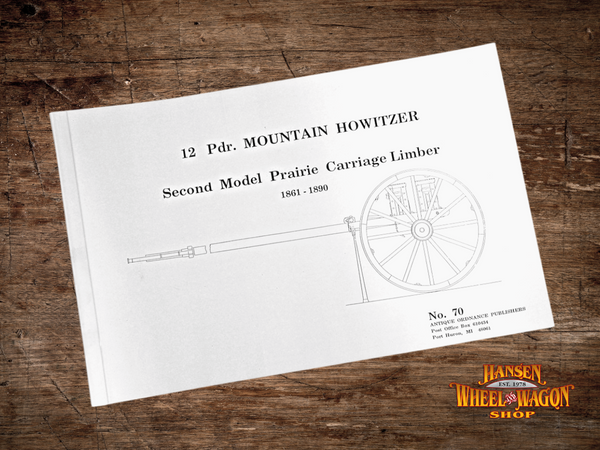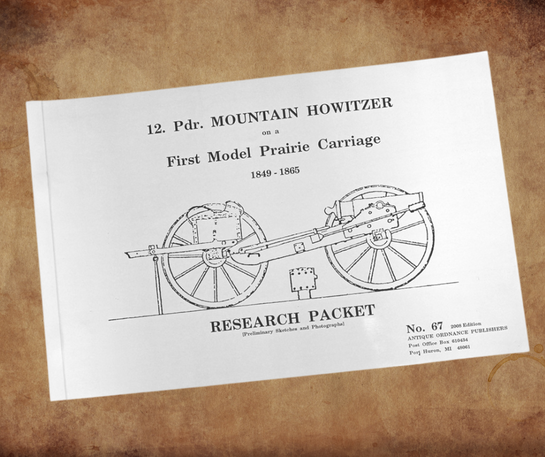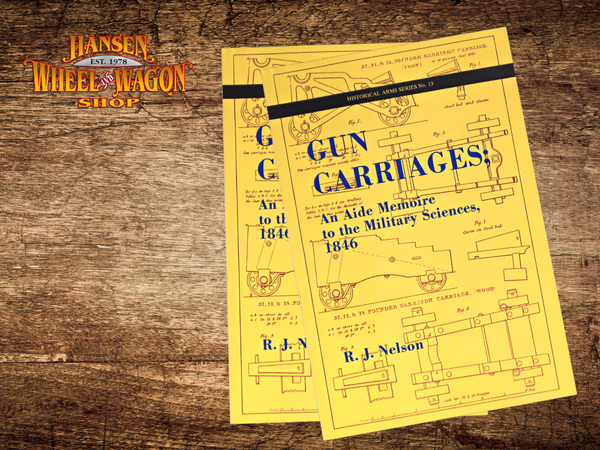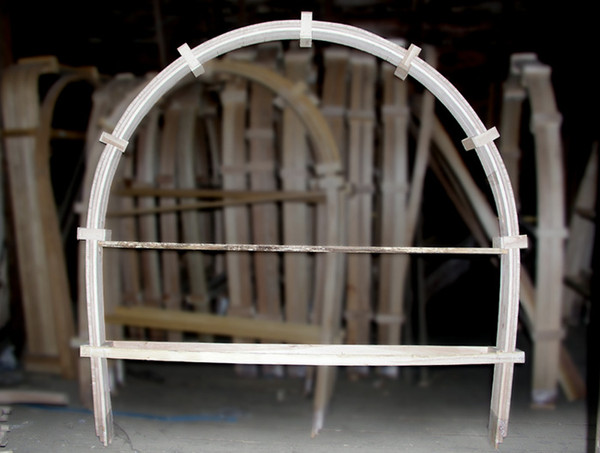This gun first appeared about 1764 and over the next 12 years was developed into the most versatile of all artillery.
The author has given a detailed introduction to the gun, its equipment, and its use and he reproduced the specifications of the guns.
Covers drill for all manner of movements and maneuverers and contemporary notes on safe handling.
By Adrian Caruana, Historical Arms Series No. 16
Specifications
- 7"X10"
- 72 Pages
- 73 illustrations
- Soft cover
Contents:
- Introduction
- The Identfication of a Piece by the Function
- The Artillerty Park
- The Sources
- Alterations made in the Light Six Pounder Carriages by Order of the Right Honerable Gearoge Lord Vicount Townshend Master General of the Ordenance & ca. & ca.
- Various References to Light Six Pounder Battalion Guns, mounted upon both Old and New Pattern Carriages to Shew the Advantages derived from Alterations made by Order of the Right honerable George Lord Visocunt Townshend Master General of the Ordnance. Anno 1776 William Congreve Inventor Captain Of Artillery Superintendant of Military Machines.
- A Record of Various Manoeuveres of Light Six Pounder, mounted up on a New Pattern Carriage; in which the Gun was drawn up and lowered down various Inclined Planes; demonstrated before His Majesty in the year 1777, in consequence of which His majesty was pleased to order all the British Battalion Guns to be furnished with tackles and Fork Levers.
- Various Experiments of The Light Six Pounder Upon A New Pattern Carraige.
- Directions, Information & Observations concerning the Ligth Six Pounder Battalion Guns.
- Exercise of the Light Six Pounder Battalion Gun
- Appendix No. 1
- Various Maneouveres of the Light Six Pounder, not containted in the Manoevres of 1780, taken from the Manoeuvres of 1791, as taught at the Royal Military Accademy, Woolwich.
- Appendix No. 2
- Ricochet Firing with a LIght Six Pounder Weight 5:0:16 Length 4:6 on Woolwich Common 1771













